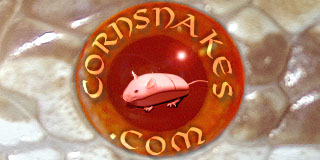Yep. And it's not really too much convergence--they are closely related.
Something I wrote on that topic on another site when "Pepper" made basically the same remark . . .
"Yes, and I was doing a little research yesterday and it's apparently thought that the New world and Old World radiations of Eublepharines diverged from each other somewhere around the neighborhood of 65mya. It is thought that the NW was colonized largely by mesic species, both because the NW was drier then than it is now, and because the oldest extant lineages present in the NW are the mesic lineages. (But how wet this "mesic" environments are supposed to have been wasn't clear from what I was reading.) So, these species didn't actually diverge from each other all that long ago, and they didn't evolve from a rain-forest adapted species, but from something that likes it a little drier than that.
But whether the similarities Pepper was referring to are examples of convergent evolution might depend on what she was talking about. Certainly toe structure and eyelids and characters like that are due to shared ancestry and not convergence. But if she meant similarity in coloration, then that is either a retention from a shared ancestor as a result of those lineages continuing to live environments similar to what their ancestor lived in, or convergent evolution as a result of living in similar environments that are somewhat different from the one their ancestor lived in. Whether there has been convergent evolution of fast-evolving characters like pigmentation depends on the character state of the common ancestor, which we don't know. However, deserts are not considered mesic, so Coleonyx v. variegatus and Eublepharus macularius are probably convergently arid-adapted, and skin pigmentation is probably a part of that. Still, convergent evolution in skin color is not terribly spectacular or surprising. It happened all over the globe in much, much less time in our own much, much slower-reproducing species, and stabilizing selection clearly maintains homogeneity of coloration in populations of many animals (which you can see easily see evidenced by bringing them into situations of relaxed predation pressure, where you end up with all kinds of colors of squirrels and pigeons that do not persist in populations of those animals living in their more natural selective environments)."
